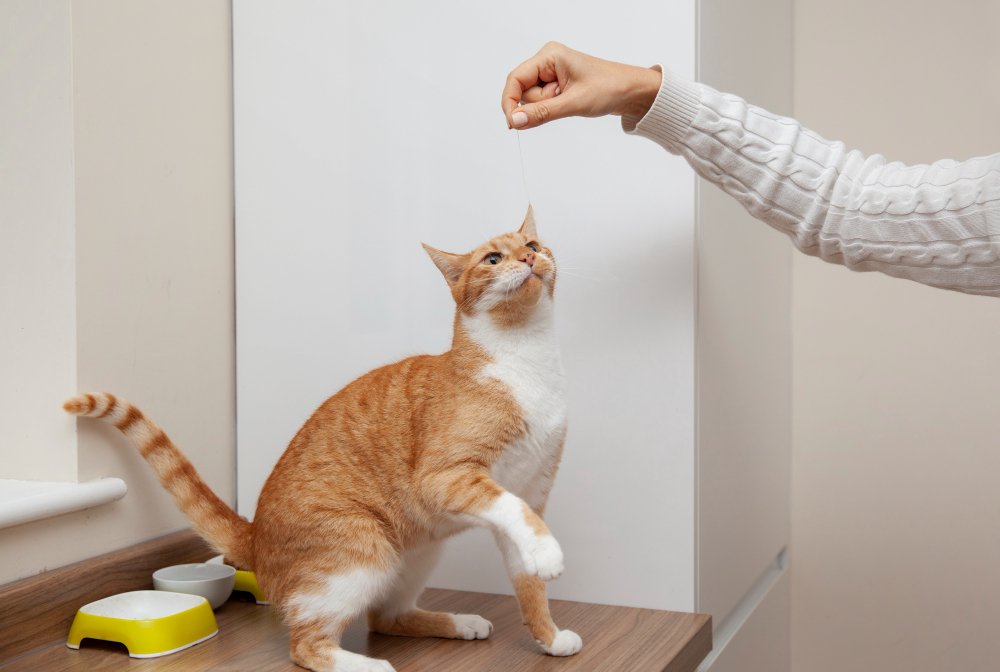Do Cats Control Their Tails. Cats are extremely flexible creatures. If a cat were to fall from a tall building, its tail might just be able to help it stay afloat until it hit the ground.
That’s because the cat’s tail is made of bones and cartilage rings that provide extra cushioning and protection over any painful impacts the cat may encounter upon landing.
And since cats are so sensitive, they’re also able to feel each and every part of their bodies as well as sounds around them such as purring, chirping, or even talking just like humans do with their fingers.
Do Cats Control Their Tails
Cats absolutely do express their emotions through the use of their tail. Some cats learn how to consciously control certain movements with the help of special equipment so they can continue to have a normal lifestyle after an injury or disease has affected being able to move it correctly on their own. Cats express emotions through their tails, whether it’s anger, affection, or playfulness.
Anatomy of Cat Tail
Think of a cat’s tail as a moving place, where nearly every part of your kitty’s body, from the head down to the tip of their bushy appendage, is represented the only exception.
Like most mammals, cats’ tails are rooted in joints that extend and flex with a single vertebra. Most of this backbone works without us even noticing it.
Our spines support the weight of our bodies while letting us walk upright and through the way, they rotate when we’re turning our heads left or right. But what’s really going on inside each joint in our kitties’ tails.
Tail Injury
Depending on the type of injury, a cat’s tail can be affected in many different ways.
If your pet was to get hurt at the base of its tail, for instance, it could lead to serious pain or damage along its back and spine.
This would result in spasms, which sometimes cause the tail’s owner to shake their respective tails involuntarily due to a reaction known as nerve reflexes, according to Veterinary Surgery.
Do Cats Deliberately Wag Their Tails
If a cat is happy, it may sometimes curve the tip of its tail. Cats don’t typically wag their tails as much as dogs do and in my experience, when a cat wags its tail, it is usually to let you know that it wants something.
It is important not to confuse this kind of tail wag with the one that dogs commonly use to express excitement or emotion.
Why Do Cats Swish Their Tails Around
If your cat’s tail is rigid and flicking back and forth, he may be frightened or scared.
Unlike a swishing tail that’s often seen when the cat is playing around, a rigid flick will most likely accompany.
The following behaviors Stalking prey, Scratching furniture, Hunting rodents hiding behind furniture usually found in corners of rooms.
Do Cats Wag Their Tails When They’re Upset
Cats usually wag their tails right to left when they’re content and up to forwards when they’re happy.
However, there are the occasional exceptions to this rule so it’s important that you keep an eye on your feline friend from all angles as oftentimes it’ll give you more insight into how they feel on a deeper level.
Keep in mind that cats tend not to show their affection vocally (most of the time), so pay extra close attention to subtle clues such as tail position and body language.
